Hiroshima University researchers say Ultraviolet-C light with a wavelength of 222 nm effectively kills SARS-CoV-2. Other studies involving 222-nm UV-C have so far only examined how well it kills seasonal coronaviruses structurally similar to the SARS-CoV-2 but not on the COVID-19-causing virus itself.

Operation at 222 nm is said to be safer than emitting light at higher

UV-C wavelengths because such wavelengths cannot penetrate the outer, non-living layer of the human eye and skin. Although intense UV light at lower wavelengths can still be problematic for humans, the 222-nm range seems to be a safer alternative to the UV-C germicidal lamps used in disinfecting healthcare facilities which emit only 254-nm UV-C.
UV mercury lamps also have several other disadvantages: They can be fragile and thus risk mercury leakage if they break. Also, they take time to warm-up time and cannot exhibit maximum efficacy at low operating temperatures. In contrast, UV light-emitting diodes (UV-LED) can be configured to emit target wavelengths, not just the 254-nm seen from mercury lamps. Thus it looks as though it should be practical to devise UV-C-emitting LEDs that work at 222 nm.
The in vitro experiment by HU researchers showed that 99.7% of the SARS-CoV-2 viral culture was killed after a 30-sec exposure to 222 nm UV-C at 0.1 mW/cm2. The study is published in the American Journal of Infection Control. The tests used a Care222TM krypton-chloride excimer lamp. A 100 microliter solution containing the virus (ca. 5 × 106 TCID50/mL) was spread onto a 9-cm sterile polystyrene plate. The researchers allowed it to dry in a biosafety cabinet at room temperature before placing the Far-UVC lamp 24 cm above the surface of the plates.
The researchers, however, also say there’s a need for tests on real-world surfaces as their study only investigated in vitro efficacy.

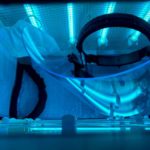
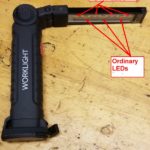
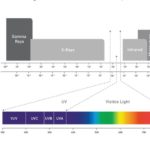
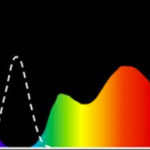
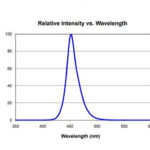

Leave a Reply